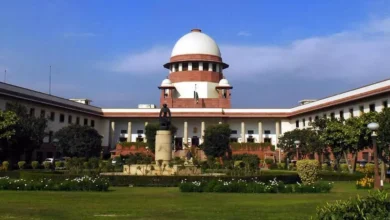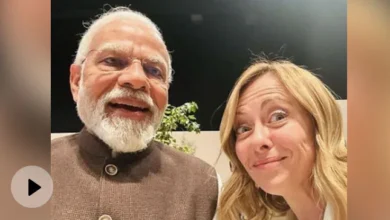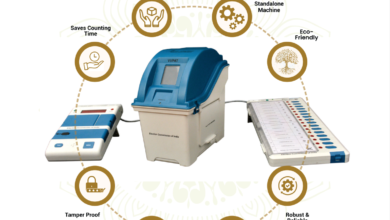
As the country gears up for the upcoming elections, the Election Commission (EC) is leaving no stone unturned to encourage eligible voters to exercise their franchise. However, amidst the hustle and bustle of election season, a lesser-known right often goes unnoticed: the right to “refuse to vote.”
Understanding the “Refusal to Vote” Option
While most voters are familiar with the “None Of The Above” (NOTA) provision, which allows them to express their lack of confidence in any of the candidates, the ‘refusal to vote’ option provides an even more comprehensive way to abstain from the electoral process.
This right is governed by Rule 49-O under the ‘Conduct of Elections Rules, 1961.’ Here’s how it works:
- Once an elector’s credentials are verified inside the polling booth, they have the choice to refuse to vote. The presiding officer then notes this refusal in Form 17A, along with the elector’s signature or thumb impression.
- Although not widely known, this right has existed for some time. Unfortunately, most voters remain unaware of this option.
- Refusing to vote does not affect the overall poll outcome. The candidate with the highest number of valid votes, regardless of the winning margin, will still be declared elected.
- individual expression, this rule serves as a check against bogus voting. It allows voters to reject all candidates while maintaining the integrity of the electoral process.

Statistics and Implementation Challenges
In the 2019 general elections, 1,389 votes were ‘rejected due to other reasons (at polling stations)’ across India. However, it remains unclear how many of these rejections were due to voters exercising their rights under rule 49-O.
- If an elector decides not to vote after their electoral roll number is entered in the ‘Register of Voters’ (Form 17A), they cannot be forced to cast their vote.
- The form will indicate “Under Rule” or “Refused to Vote” for those electors who choose to leave without voting.
- In case an elector refuses to vote, the next voter is directed to the voting compartment.
- If the “release voting” button is pressed on the Electronic Voting Machine (EVM) when an elector refuses to vote, the control unit must be rebooted before accepting the next vote.
The EC currently has no plans to raise awareness about this option, but voters are encouraged to exercise their rights thoughtfully. As India heads to the polls, understanding these nuances ensures that every citizen’s voice is heard, whether they choose to vote or not.
You might also be interested in – Election Commission to Centre: Stop sending ‘Viksit Bharat’ messages on WhatsApp



